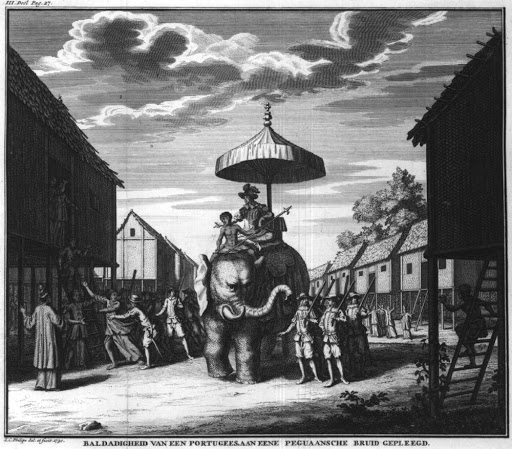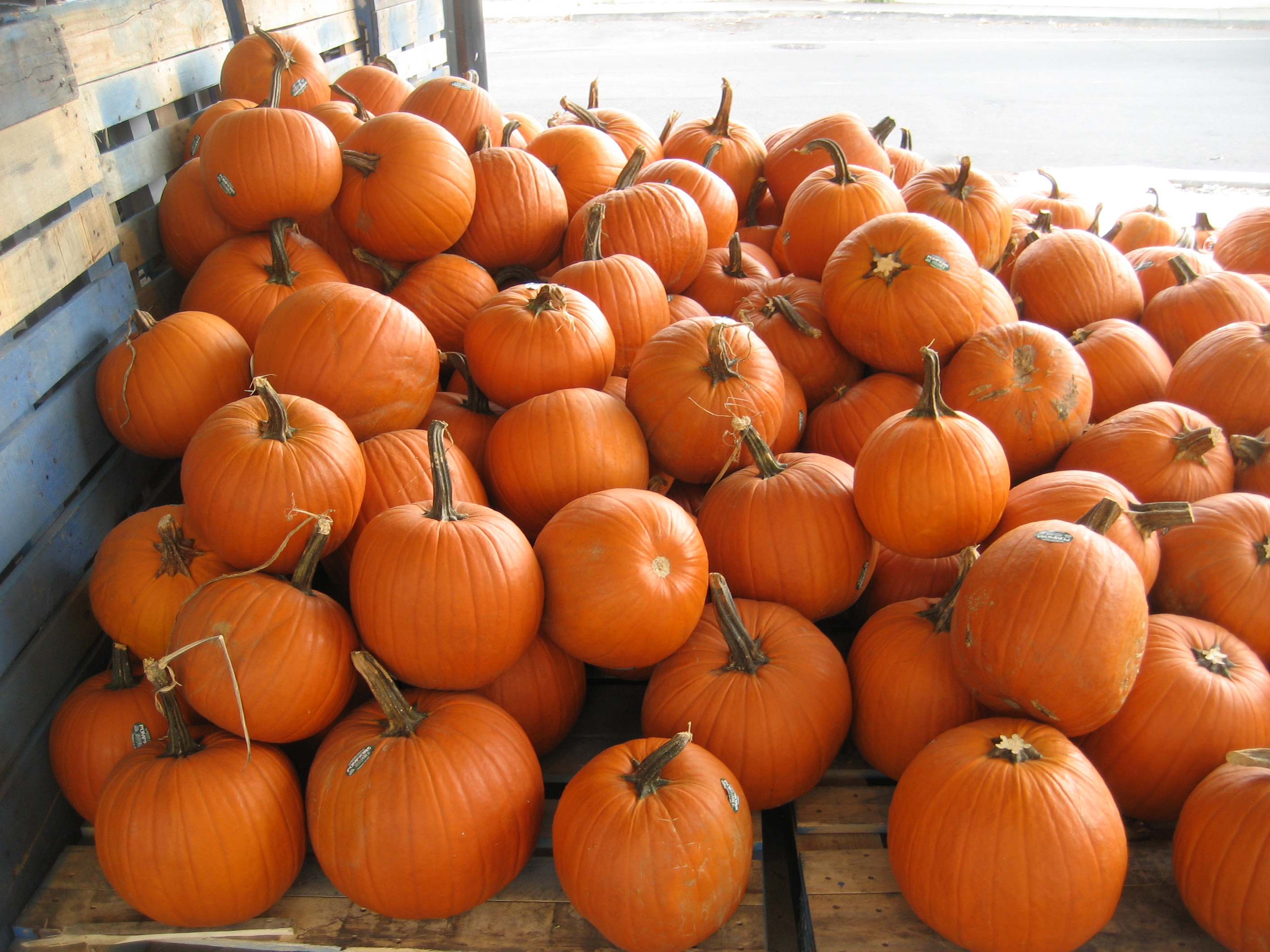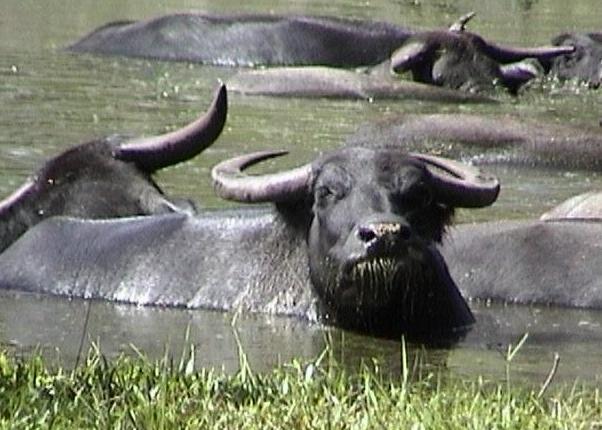|
Bago Medaw
Bago Medaw (also known as the Buffalo Mother or Lady Buffalo; , or Nakkarai Medaw , ) is a Burmese nat (spirit), nat commonly venerated in the vicinity of Bago, Burma, Bago (although worship is seen throughout Lower Burma). Bago Medaw is depicted as a maiden wearing a water buffalo skull, representing a female water buffalo named Nakkarai (Burmese: နံကရိုင်း), who nursed Prince Ashakuma, the son of Thamala, the traditional founder of Hanthawaddy Kingdom, Hanthawaddy (now Bago). She is believed to protect the family and home, and grant wishes to those she favors. She is believed to be a goddess of the Mon people, representing the Mon cultural identity and the history of Bago, which was once the Mon capital of Hanthawaddy. In Mon People Call Her Name “Minangkarai (Mon: မိနံကရိုင်)”http://www.teol.lu.se/indiskareligioner/conference04/13996670/panel1berglie.pdf Legend In the year 187, King Thamala reigned over Hanthawaddy Kingdom, Hanthawad ... [...More Info...] [...Related Items...] OR: [Wikipedia] [Google] [Baidu] |
Bago Nat Ka Yine Mal Taw
Bago may refer to: Places Myanmar * Bago, Myanmar, a city and the capital of the Bago Region * Bago District, a district of the Bago Region * Bago Region, an administrative region * Bago River, a river * Bago Yoma or Pegu Range, a mountain range Philippines * Bago, Negros Occidental, a city * Bago, a barangay (administrative division) in the municipality Asturias, Cebu * Bago, a barangay (administrative division) in the municipality Bato, Leyte * Bago, a supreme deity of the Isnag people; Bago is the spirit of the forest Other places * Bago, Albania, a village in Tirana County, Albania * Bågø, an island of Denmark People * Datu Bago (1770–1850), Philippine ruler * Đuro Bago (born 1961), Croatian football manager * Mislav Bago (1973-2022), Croatian journalist * Mohammed Umar Bago Mohammed Umar (born 22 February 1974) is a Nigerian banker and politician who is the current governor of Niger State since 29 May 2023. He was born in Minna, Niger State, to a Nupe ... [...More Info...] [...Related Items...] OR: [Wikipedia] [Google] [Baidu] |
Nat (spirit)
The nats (; MLC Transcription System, MLCTS: ''nat''; ) are god-like spirits venerated in Myanmar and neighbouring countries in conjunction with Buddhism. They are divided between the 37 ''Great Nats'' who were given that status by Anawrahta, King Anawrahta when he formalized the official list of nats. Most of the 37 ''Great Nats'' were human beings who met violent deaths. There are two types of ''nats'' in Burmese Belief: ''nat sein'' () which are humans that were deified after their deaths and all other nats which are spirits of nature (spirits of water, trees etc.). Much like sainthood, ''nats'' can be designated for a variety of reasons, including those only known in certain regions in Burma. ''Nat'' worship is less common in urban areas than in rural areas and is practised among List of ethnic groups in Myanmar, ethnic minorities of Myanmar as well as in mainstream Bamar people, Bamar society. However, it is among the Theravada, Theravada Buddhist Bamar that the most highly ... [...More Info...] [...Related Items...] OR: [Wikipedia] [Google] [Baidu] |
Bago, Burma
Bago (formerly spelled Pegu; , ), formerly known as Hanthawaddy, is a city and the capital of the Bago Region in Myanmar. It is located north-east of Yangon. Etymology The Burmese name Bago (ပဲခူး) is likely derived from the Mon language place name Bagaw (, ). Until the Burmese government renamed English place names throughout the country in 1989, Bago was known as Pegu. Bago was formerly known as Hanthawaddy (; ; ; lit. "she who possesses the sheldrake"), the name of a Burmese-Mon kingdom. An alternative etymology from the 1947 Burmese Encyclopedia derives Bago (ပဲခူး) from Wanpeku () as a shortening of Where the Hinthawan Ducks Graze (). This etymology relies on the non-phonetic Burmese spelling as its main reasoning. History Establishment Various Mon language chronicles report widely divergent foundation dates of Bago, ranging from 573 CE to 1152 CEA version of the 18th century chronicle '' Slapat Rajawan'' as reported by Arthur Pha ... [...More Info...] [...Related Items...] OR: [Wikipedia] [Google] [Baidu] |
Lower Burma
Lower Myanmar (, also called Lower Burma) is a geographic region of Myanmar and includes the low-lying Irrawaddy Delta ( Ayeyarwady, Bago and Yangon Regions), as well as coastal regions of the country ( Rakhine and Mon States and Tanintharyi Region). In the Burmese language, people originating from Upper Myanmar are typically called ''a-nya-tha'' for men and ''a-nya-thu'' for women, whereas those from Lower Myanmar are called ''auk tha'' () for men and ''auk thu'' for women. 100px Green represents Upper Myanmar and Yellow represents Lower Myanmar History The territories of present day Lower Myanmar was part of Pagan Kingdom until the end of 13th century. After the collapse of Pagan Kingdom, the territories become Martaban Hanthawaddy Kingdom founded by King Wareru. From the 16th century to the middle of 18th century, Pagu was a province of Toungoo Dynasty. In 1752, Restored Hanthawaddy Kingdom successfully overthrown Toungoo Dynasty but later conquered by Konbaung D ... [...More Info...] [...Related Items...] OR: [Wikipedia] [Google] [Baidu] |
Mon People
The Mon (; Thai Mon: ဂကူမည်; , ; , ) are an ethnic group who inhabit Lower Myanmar's Mon State, Kayin State, Kayah State, Tanintharyi Region, Bago Region, the Irrawaddy Delta, and several areas in Thailand (mostly in Pathum Thani province, Phra Pradaeng and Nong Ya Plong). The native language is Mon, which belongs to the Monic branch of the Austroasiatic language family and shares a common origin with the Nyah Kur language, which is spoken by the people of the same name that live in Northeastern Thailand. A number of languages in Mainland Southeast Asia are influenced by the Mon language, which is also in turn influenced by those languages. The Mon were one of the earliest to reside in Southeast Asia, and were responsible for the spread of Theravada Buddhism in Mainland Southeast Asia. The civilizations founded by the Mon were some of the earliest in Thailand as well as Myanmar and Laos. The Mon are regarded as a large exporter of Southeast Asian cultur ... [...More Info...] [...Related Items...] OR: [Wikipedia] [Google] [Baidu] |
Taxila
Taxila or Takshashila () is a city in the Pothohar region of Punjab, Pakistan. Located in the Taxila Tehsil of Rawalpindi District, it lies approximately northwest of the Islamabad–Rawalpindi metropolitan area and is just south of the Haripur District of Khyber Pakhtunkhwa. Established during the Vedic period, Old Taxila was for a time the capital city of ancient Gandhāra. It was situated on the eastern shore of the Indus River—the pivotal junction of the Indian subcontinent and Central Asia;Raymond Allchin, Bridget Allchin''The Rise of Civilization in India and Pakistan''.Cambridge University Press, 1982 p.127 it was possibly founded around 1000 BCE. Takshashila and Pushkalavati remained prominent cities in Gandhāra during the Mahajanapadas. The city was later conquered by the Achaemenid Empire and incorporated into the Hindush satrap, between 550 – 326 BCE. In 326 BCE, the city was claimed by Alexander the Great, after overthrowing the Achaemenids. He gaine ... [...More Info...] [...Related Items...] OR: [Wikipedia] [Google] [Baidu] |
Pumpkin
A pumpkin is a cultivar, cultivated winter squash in the genus ''Cucurbita''. The term is most commonly applied to round, orange-colored squash varieties, but does not possess a scientific definition. It may be used in reference to many different squashes of varied appearance and belonging to multiple species in the ''Cucurbita'' genus. The use of the word "pumpkin" is thought to have originated in New England in North America, derived from a word for melon, or a native word for round. The term is sometimes used interchangeably with "Cucurbita, squash" or "winter squash", and is commonly used for some cultivars of ''Cucurbita argyrosperma'', ''Cucurbita ficifolia'', ''Cucurbita maxima'', ''Cucurbita moschata'', and ''Cucurbita pepo''. ''C. pepo'' pumpkins are among the oldest known domesticated plants, with evidence of their cultivation dating to between 7000 BCE and 5500 BCE. Wild species of ''Cucurbita'' and the earliest domesticated species are native to North America (p ... [...More Info...] [...Related Items...] OR: [Wikipedia] [Google] [Baidu] |
Water Buffalo
The water buffalo (''Bubalus bubalis''), also called domestic water buffalo, Asian water buffalo and Asiatic water buffalo, is a large bovid originating in the Indian subcontinent and Southeast Asia. Today, it is also kept in Italy, the Balkans, Australia, North America, South America and some African countries. Two extant Type (biology), types of water buffalo are recognized, based on Morphology (biology), morphological and Ethology, behavioural criteria: the river buffalo of the Indian subcontinent and further west to the Balkans, Egypt and Italy; and the swamp buffalo from Assam in the west through Southeast Asia to the Yangtze Valley of China in the east. The wild water buffalo (''Bubalus arnee'') is most probably the ancestor of the domestic water buffalo. Results of a phylogenetic study indicate that the river-type water buffalo probably originated in western India and was domesticated about 6,300 years ago, whereas the swamp-type originated independently from Mainland Sou ... [...More Info...] [...Related Items...] OR: [Wikipedia] [Google] [Baidu] |
Manimekhala
Manimekhala () is a goddess in the Hindu-Buddhist mythology. She is regarded as a guardian of the seas, namely the Indian Ocean and the South China Sea as part of the mythology of Southeast Asia. She was placed by Cātummahārājika to protect virtuous beings from shipwreck. She appears in several Buddhist stories including the Mahanipata Jataka (Mahajanaka Jataka), in which she rescues Prince Mahajanaka from a shipwreck. Anne Elizabeth Monius. Imagining a place for Buddhism: literary culture and religious community in Tamil-speaking South India. Oxford University Press US, 2001, pages 111-112 Etymology In Pali, ' refers to a girdle or belt of jewels. In Southeast Asia, she is known by various indigenized appellations, including as Mani Maykhala () in Burmese, as Moni Mekhala () or Neang Mekhala () in Khmer; as Mani Mekkhala () in Thai. In Mainland Southeast Asia Archaeological evidence of Manimekhala in the form of reliefs has been found in Zothoke, Myanmar (near Bilin), ... [...More Info...] [...Related Items...] OR: [Wikipedia] [Google] [Baidu] |
Burmese Nats
Burmese may refer to: * Something of, from, or related to Myanmar, a country in Southeast Asia * Burmese people * Burmese language * Burmese alphabet * Burmese cuisine * Burmese culture Animals * Burmese cat * Burmese chicken * Burmese (horse), a horse given to Queen Elizabeth II * Burmese pony, a breed of horse * Burmese python See also * * :Burmese people * Bamar people The Bamar people ( Burmese: ဗမာလူမျိုး, ''ba. ma lu myui:'' ) (formerly known as Burmese people or Burmans) are a Sino-Tibetan-speaking ethnic group native to Myanmar (formerly known as Burma). With an estimated population ..., the majority ethnic group in Myanmar * Burmese English, the dialect of English spoken in Myanmar/Burma * Bernese (other) {{disambig Language and nationality disambiguation pages ... [...More Info...] [...Related Items...] OR: [Wikipedia] [Google] [Baidu] |







